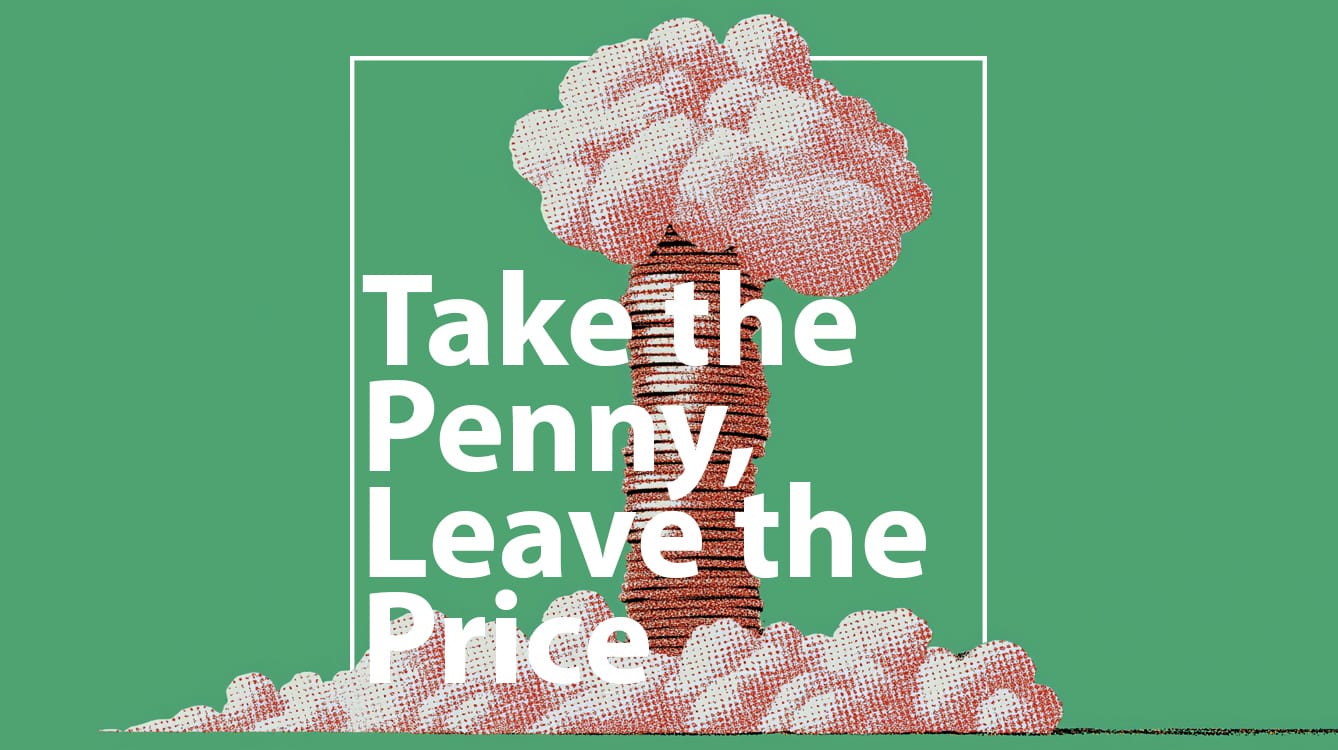The US government’s announced phase-out of the penny represents a significant shift from the nation’s currency landscape, driven by the 4x higher cost of creating it vs. its stated value. This economic inefficiency, combined with increasing cashless shopping, makes the move clear and logical – but what does it mean for brands and pricing?
As cash transactions round to the nearest five cents, long established psychological pricing models which rely on $.99 and $.49 prices are affected. Does this shift kill a key element of retailer pricing or can learning from Canada, Australia, New Zealand and others predict a more limited impact? How much should US brands re-evaluate their pricing structures?
The Meaning Behind $X.99: Inside Charm Pricing
The practice of ‘charm’ pricing an item at $X.99 taps into a quirk of human cognition, called the ‘left-digit effect’. We focus most on the leftmost digit when processing price, so an item priced at $9.99 feels closer to $9 than $10 despite the rationally negligible difference. This bias, plus retailer’s use of price, a 1997 found that 60% of prices ended in the digit ‘9’, has conditioned consumers to associate prices ending in $.99, $.95 or $.97 with discounts. As one veteran retailer noted, ‘Americans love a bargain, a deal, a steal and they all have one thing in common: they end in 99 cents’.
What Does Post Penny Pricing Look Like?
So will the $.99 price vanish with the penny? Probably not. While cash transactions will be rounded to the nearest nickel, cashless transactions can remain untouched. Over 85% of transactions in the US in 2024 were cashless, leaving them unaffected from currency changes.
Additionally, amongst purchases still done in cash, such as low price and impulse purchases where the pricing effect is most pronounced, there is precedent for the price to stay the same and no change to be given. If the price is kept at $.99 and the final bill is rounded to the nearest nickel for cash transactions, consumers still showed a preference for the price point (as shown in Canadian groceries after their currency change). Consumers are said to shop on the stated price, not the final one and this implies that pricing may stay relatively consistent. In some instances, price is more about communicating the status of a product, as shown by retailer Costco’s use of ‘secret’ pricing amounts to signal the life stage of a product in store.
Rounding the Price
Any changes in price look to benefit consumers, as previous countries have shown no ‘rounding tax’ exists. While consumers may fear that businesses would round prices up, research has shown that rounding is generally symmetrical and prices rounding up and down to the nearest nickel cancel any changes out. An increase in prices wasn’t observed across multiple countries and even, in New Zealand’s case, the removal of multiple denominations. Instead, competitive market forces push brands to try and find a new $.99 and research shows that $.95 (or even $.90 as seen in Israel where 72% of supermarkets moved to this price after currency shifts) may be the best option.
A Cashless Future Helps Change Cash Now
The precedent for a calm US transition away from the penny exists in other markets, but cashless shopping is the most powerful indicator of success. Australia (1992), Canada (2013), New Zealand (1990 / 2006) and others all changed currencies during a time when cash was still (at least partially) king. The gradual shift away from the penny takes place during a time when nearly half of US consumers don’t make a cash purchase in a given week.
The death of the penny doesn’t mean the death of any specific pricing model, because prices and physical currency are already unmooring. We face a near future where younger generations would see paying with or receiving change as a rarity. While some retailers may take the opportunity to rebrand or shift products famously tied to $.99 (hot dogs, sodas, candy etc.), a majority of products and brands can go on unimpacted from this gradual change. The US government may be phasing out the penny formally, but consumer behavior and technology started this work long ago.





